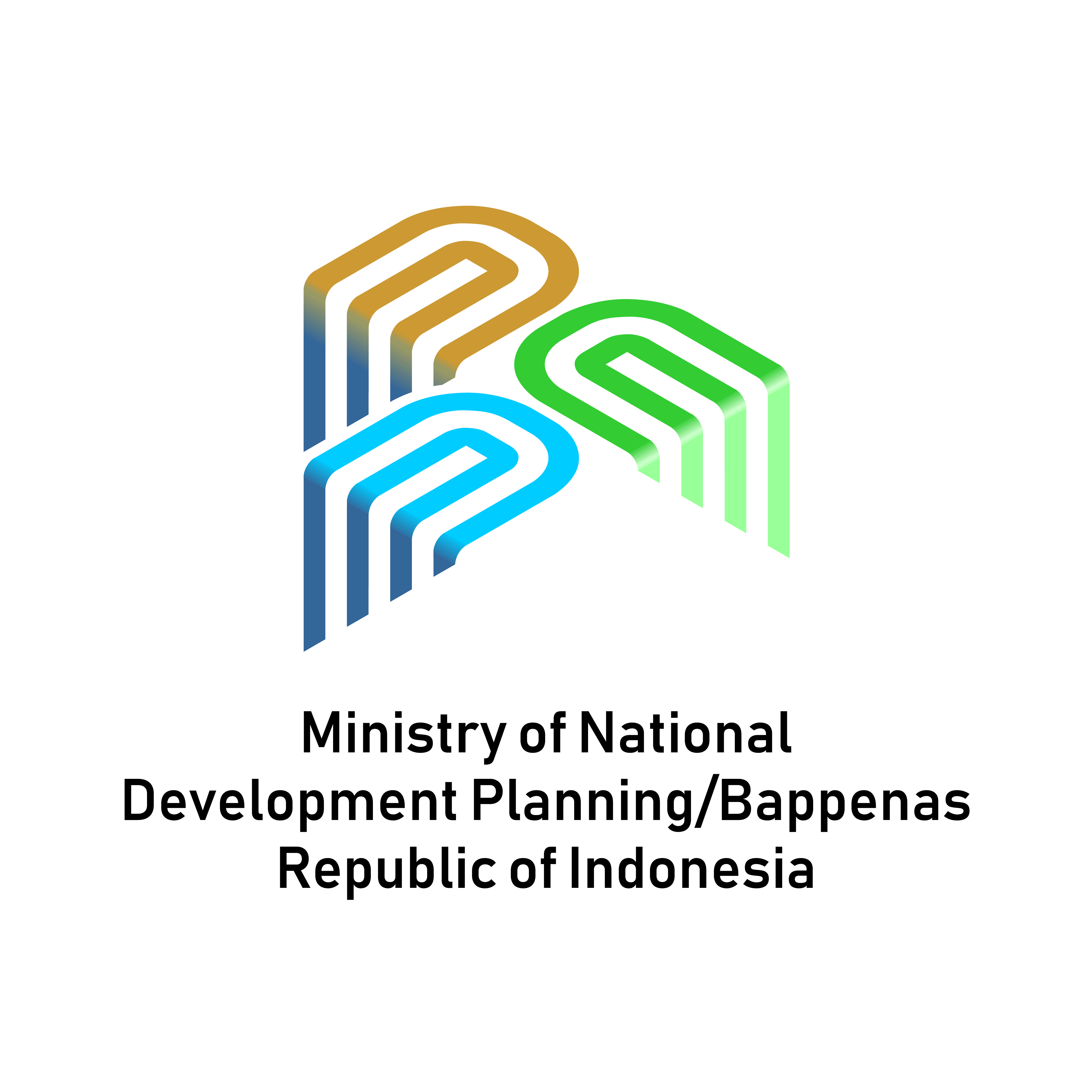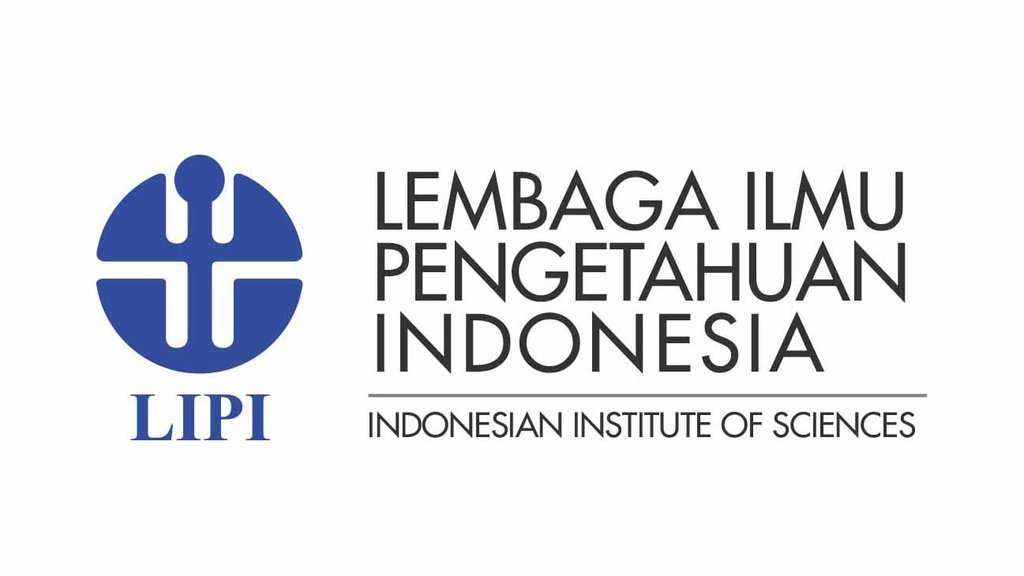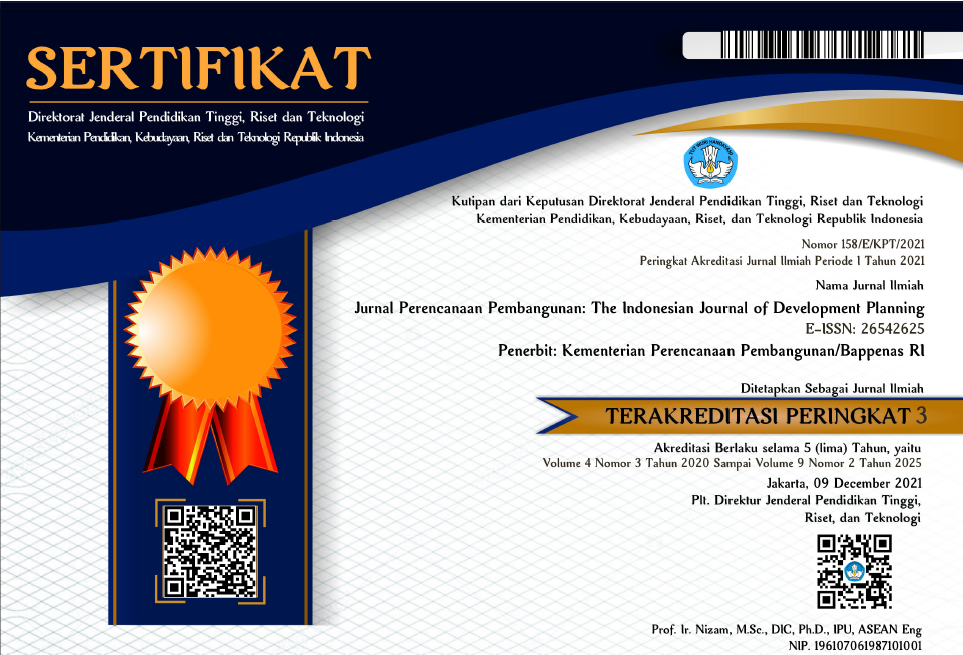Unravelling the Relationship between Education Structure and Growth Rate Disparities among the Selected Developing Countries
DOI:
https://doi.org/10.36574/jpp.v2i3.50Keywords:
endogenous growth, education structure, TFP, system GMMAbstract
Using panel data from 42 developing countries in the year 1965-2010, this paper attempts to explain the impact of human capital (education) on economic growth under the endogenous growth theory. Following the human capital and distance to frontier (DTF) growth model developed by Vandenbussche et al. (2006), henceforth VAM, human capital was defined as a weighted sum year of schooling, the proportion of educational attainment, and the fraction of skilled human capital. Another two new definitions were proposed to articulate the importance of education structure, i.e. the relative share of educational attainment and continuing rate in tertiary education. A system generalized method of moments (GMM) estimation was undertaken, and the results show that the two proposed definitions of education are significant at least at 90 percent of confidence level on the total factor productivity (TFP) growth. Hence, it is suggested that education structure matters for growth in developing countries.
Downloads
Downloads
Published
How to Cite
Issue
Section
License
This is an open-access article distributed under the terms of the Creative Commons Attribution-NonCommercial-ShareAlike 4.0 International License. Copyright © Kementerian PPN/Bappenas RI


















